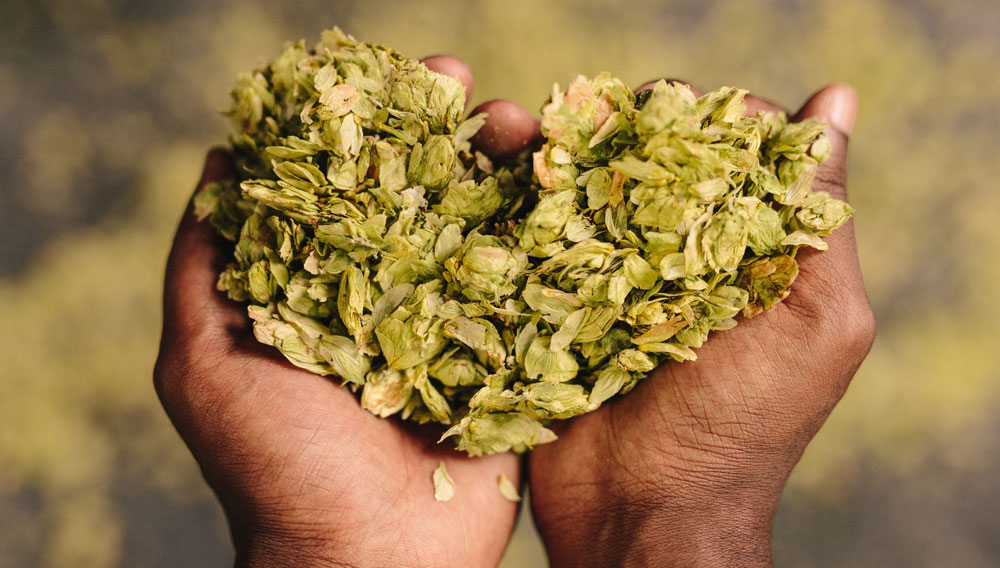Spring barley in Europe: Average yields on smaller acreage expected
On a smaller acreage a good average crop of spring barley is currently growing in many European countries. The growth conditions were good in many regions, even with drought and sometimes too much rain. From today's perspective, a good proportion of malting barley is expected.
Western Europe
France reports an increase of almost 100 000 ha compared to the previous year. The growth conditions have been quite good so far. Persistent rains in June may have increased the disease pressure. The current situation in England and Wales is also good. In the Netherlands it was too dry for a good development until the beginning of June, so below-average yields are expected.
Northern Europe
Denmark has reduced its acreage by 200,000 ha in favour of winter wheat in 2019, but the crop is in good condition, although rain is needed. On a smaller acreage, Sweden also reports good crops, as does Denmark. Especially the farmers in the south are very satisfied. The smaller acreage of summer crop in Finland could be worked on under very good conditions. Rain would now be necessary in the south of the country to get a good grain filling.
Germany and Central Europe
The acreage in Germany was reduced due to the expansion of winter barley and, in some regions, corn. The growth conditions are generally good, with sufficient moisture in the topsoil, but dry deeper soil layers. More water is still needed to reach the desired yield potential. In irrigation areas like Lower Saxony, irrigation volumes are limited due to the hot summer last year. If irrigation will not be possible in these regions, the malting barley cultivation will be significantly hampered, if not completely stopped.
The further reduction of the acreage in Austria is attributable to a generally high quality risk. The cultivation of corn is more lucrative for the producers. The plants are mostly well developed. In Slovakia, average yields are expected on a smaller acreage. The situation is similar in the Czech Republic. Due to increasing quality risks and climate change, farmers often choose to grow other crops. The weak 2018 harvest results and improved revenues from winter cereals and corn also reduced the spring barley acreage in Poland. A good development in April and May was followed by a dry and warm period in June. Negative effects on the plants are not excluded.
The surplus of malting barley from the 2018 harvest is extremely low, as stocking up after the difficult year was hardly possible. Despite a reduced acreage in most European countries, a surplus of 300,000 t of spring barley might still be possible. If you add winter barley, there could be 800,000 t to 1 million t of surplus.
British goods have been sold against the background of the ongoing Brexit discussion over the past few weeks, with a delivery date no later than the end of October. Around ten to 15 percent of the export volume (250,000 to 300,000 tons) could be sold. After October 2019, the British are no longer on the market. The prices for malting barley in Europe have so far declined moderately against a relatively comfortable supply background.
Source
BRAUWELT International 2019



